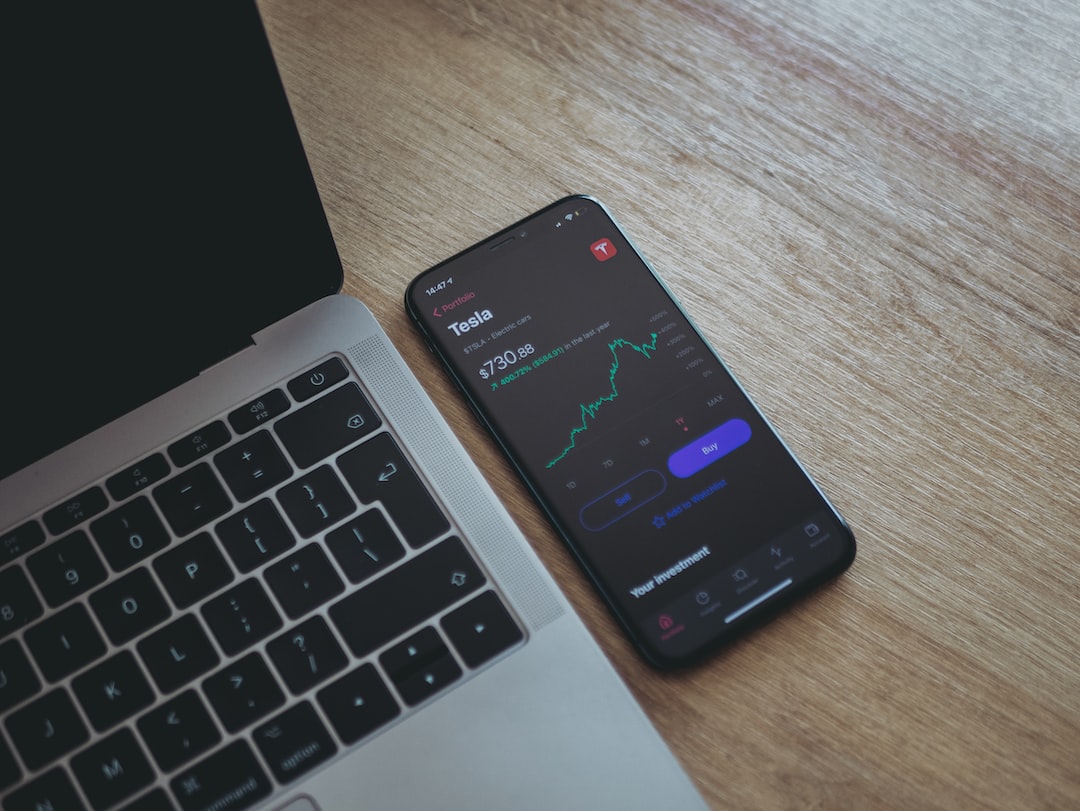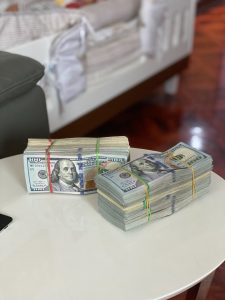Forex trading is a highly volatile and dynamic market where currency pairs are traded. To successfully trade in the forex market, traders must have an in-depth understanding of the market and its terminologies. One of the most important concepts in forex trading is trade size. Trade size, also known as position size, refers to the amount of currency being traded in a single transaction. In this article, we will explore what trade size means in forex and how it impacts trading.
What is Trade Size in Forex?
Trade size refers to the quantity of currency that a trader buys or sells in a single trade. In forex trading, currency pairs are traded in lots. A lot is a standard unit of measurement used to determine the size of a trade. Typically, a standard lot represents 100,000 units of the base currency. For example, if a trader wants to buy the EUR/USD currency pair, they would buy 100,000 units of the Euro, which is the base currency.
However, not all traders can afford to trade in the standard lot size, especially beginners who have limited capital. In such cases, traders can choose to trade in mini lots or micro lots. A mini lot represents 10,000 units of the base currency, while a micro lot represents 1,000 units of the base currency. Trading in smaller lot sizes allows traders to manage their risk better and opens up the market to small traders.
Understanding the Impact of Trade Size on Forex Trading
The size of a trader’s position can have a significant impact on their trading performance. The larger the trade size, the higher the potential profit or loss. However, larger trade sizes also come with higher risks. Therefore, traders must carefully consider their position size before entering a trade.
Risk Management
Risk management is an essential aspect of forex trading. Traders must have a risk management strategy in place to minimize the potential loss from a trade. A critical component of risk management is determining the right trade size. Traders must calculate their position size based on their risk tolerance and the size of their trading account. Generally, traders should risk no more than 2% of their trading account on a single trade. This means that if a trader has a $10,000 trading account, they should risk no more than $200 on a single trade.
Leverage
Leverage is a tool used in forex trading to magnify the potential profit or loss of a trade. A trader can borrow funds from their broker to increase their buying power. For example, if a trader has a leverage ratio of 1:100, they can control a position worth $100,000 by depositing only $1,000. While leverage can increase profits, it can also increase losses. Therefore, traders must use leverage wisely and consider their position size when using leverage.
Market Volatility
Market volatility can impact the size of a trader’s position. During periods of high volatility, traders may need to reduce their position size to manage their risk. Conversely, during periods of low volatility, traders may increase their position size to take advantage of potential profits.
Conclusion
Trade size is a crucial aspect of forex trading that traders must understand to succeed in the market. It refers to the amount of currency being traded in a single transaction and is measured in lots. The size of a trader’s position can impact their trading performance, risk management, leverage, and market volatility. Therefore, traders must carefully consider their position size before entering a trade and have a risk management strategy in place to minimize potential losses.






